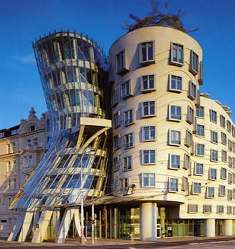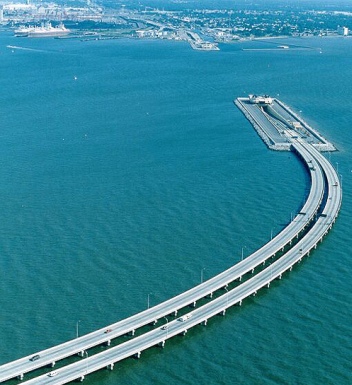The World Trade Center had two 110-story buildings, known as the “Twin Towers” and five smaller buildings. Salient Features were –
1) Tower One was 1,368 feet (414 meters) tall
2) Tower Two was 1,362 feet (412 meters) tall
3) The Twin Towers were the tallest until the Sears Tower surpassed them.
4) Architects: Minoru Yamaski & Associates and Emery, Roth & Sons.
5) Built of aluminum and steel.
6) The foundation of each tower extended more than 70 feet below ground, resting on solid bedrock.
7) Constructed on six acres of landfill.
8 ) The towers were the best known examples of “tube buildings,” which are strenghtened by closely spaced columns and beams in the outer walls.
9) Each tower consisted of 104 passenger elevators and 21,800 windows.
10) About 50,000 people worked in the complex, which housed the offices of more than 430 businesses from 26 countries.
11) Completed in 1970.
12) Automatic window-washing machines cleaned 600,000 square feet of glass.
Click here to check out the pictures of other skyscrapers


